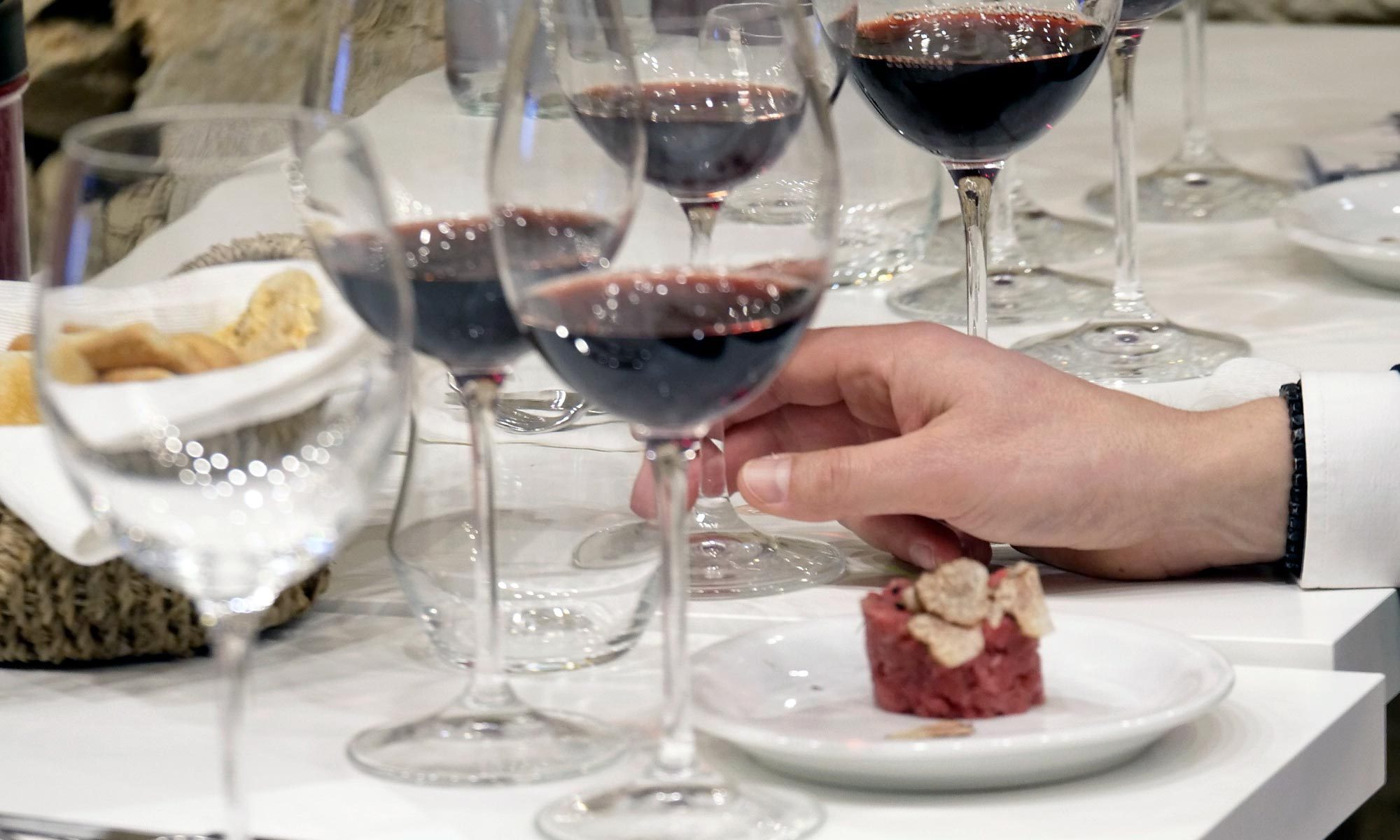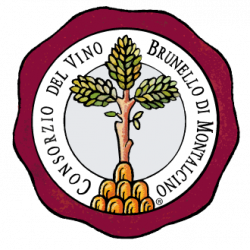 For territories like Montalcino, speaking of wine tradition is a must.
For territories like Montalcino, speaking of wine tradition is a must.
Vine growing, grape harvesting and wine making have always been closely linked to the Montalcino area. This results, among others, from environmental and human factors. While the morphological, geological and climatic conditions are just perfect for the cultivation of the vine, it is the work of man, always devoted to agriculture, which has made the vines thrive and bear good fruit. But the history of the vine in Montalcino has not always been tied to Brunello. Despite being today the principle product of the territory, the cultivation of Sangiovese is rather recent, dating back only to the late 1800’s, rooted in the Biondi Santi family. Up until then, Montalcino had been known for its white grapes and, more specifically, for “that lovely, that so divine Moscadelletto, that Redi destined for the delight of the ladies” (Emanuele Repetti, 1833). But this production goes further back in time: “the Moscatello wines produced by this soil require acclamation, and are served as delicious liqueurs at the tables of great Lords”. This is how Giovanni Antonio Pecci spoke of Moscatello at the end of the seventeenth-beginning of the eighteenth century in his “Historical Memoirs of the Town of Montalcino”. Today, the tradition is pursued only by 13 wineries (Banfi, Camigliano, Capanna, Caparzo, Caprili, Col d’Orcia, Il Poggione, La Poderina, Mastrojanni, Mocali, Sassetti Livio-Pertimali, Tenute Silvio Nardi and Villa Poggio Salvi).


News Consortium of vino Brunello Montalcino
© Consorzio del vino Brunello di Montalcino